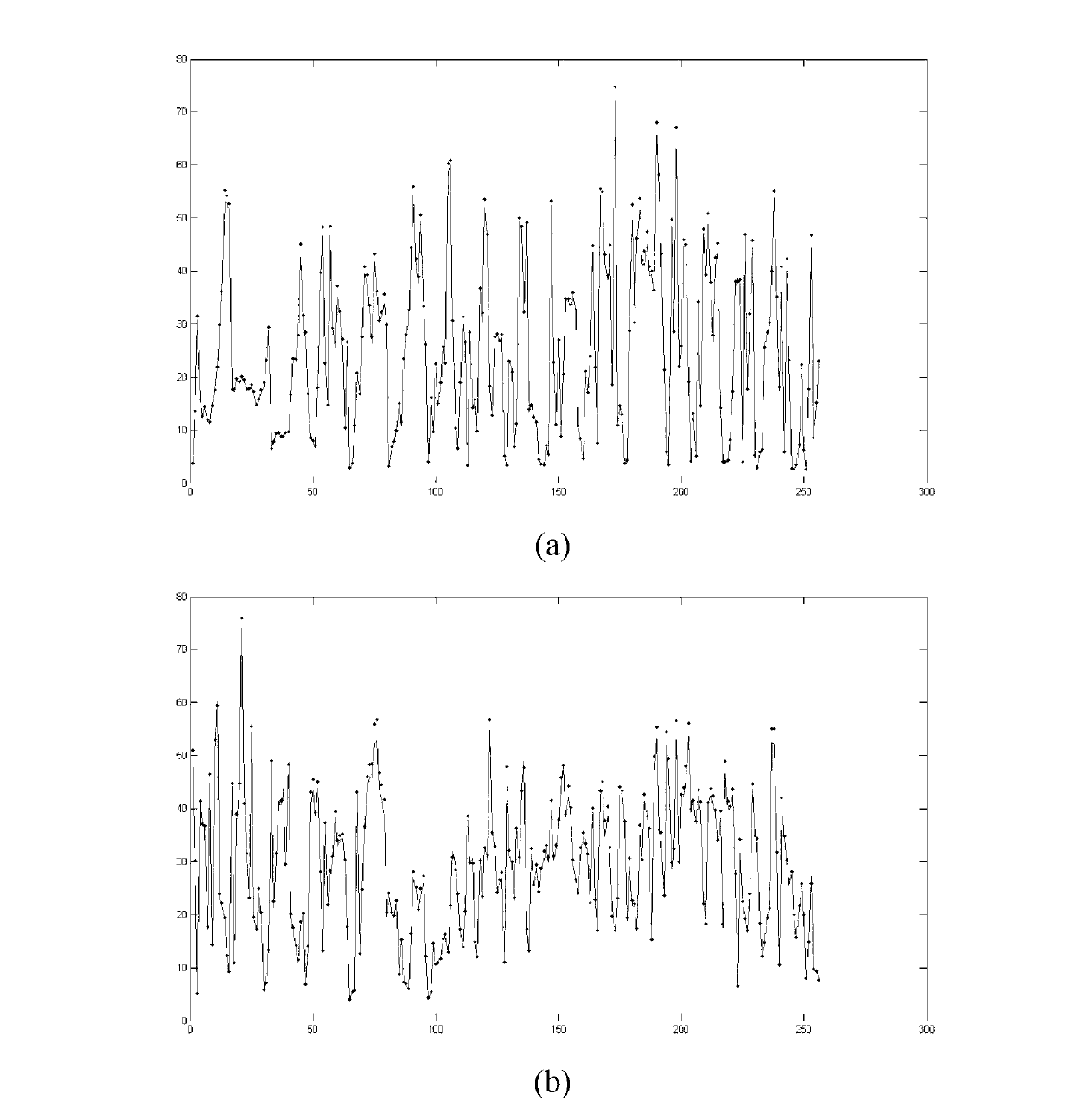Adaptive compressed sensing-based non-local reconstruction method for natural image
A compressed sensing and natural image technology, applied in image data processing, 2D image generation, instruments, etc., can solve problems such as affecting image reconstruction effect, blurring image edges, and incomplete noise removal
- Summary
- Abstract
- Description
- Claims
- Application Information
AI Technical Summary
Problems solved by technology
Method used
Image
Examples
Embodiment Construction
[0039] refer to figure 1 , the specific implementation steps of the present invention are as follows:
[0040] Step 1, divide the input image signal x into N sub-blocks x of size 32×32 1 ,x 2 ,...,x N , and basic sampling for each subblock:
[0041] 1a) Given the average sampling rate s, the basic sampling rate b and the perception matrix Φ, calculate the number of basic sampling rows M=N according to the basic sampling rate b x ×s, where N x =1024 is the dimension of the signal sub-block, and the first M rows are taken out from the perceptual matrix Φ to form the basic perceptual matrix Φ'.
[0042] 1b) Use the basic perceptual matrix Φ′ for each image sub-block x i Sampling is performed to obtain the basic observation vector of each image sub-block: Wherein i=1, 2, ... N, N is the number of image sub-blocks.
[0043] Step 2, according to the basic observation vector Estimate the standard deviation sequence of the image {d 1 , d 2 ,...d N}, Where i=1,2,...,N, ...
PUM
 Login to View More
Login to View More Abstract
Description
Claims
Application Information
 Login to View More
Login to View More - R&D
- Intellectual Property
- Life Sciences
- Materials
- Tech Scout
- Unparalleled Data Quality
- Higher Quality Content
- 60% Fewer Hallucinations
Browse by: Latest US Patents, China's latest patents, Technical Efficacy Thesaurus, Application Domain, Technology Topic, Popular Technical Reports.
© 2025 PatSnap. All rights reserved.Legal|Privacy policy|Modern Slavery Act Transparency Statement|Sitemap|About US| Contact US: help@patsnap.com



